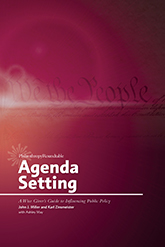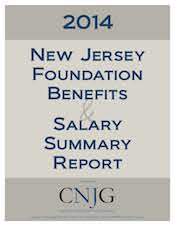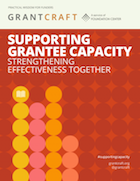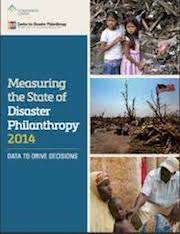All Funders
There is widespread and growing recognition in the nonprofit sector about the importance of evaluation — not only for measuring impact, but also for improving programs and better serving communities. While grantmakers generally see evaluation as necessary, most are not yet investing enough resources in this area.


The 2014 New Jersey Foundation Benefits & Salary Report provides a valuable benchmarking resource, developed and compiled for exclusively for CNJG members. The first section, the 2014 Benefits Summary Report: New Jersey includes benefits data related to employment, leave, retirement, costs and more. The second section, the 2014 Grantmaking Salary Tables: New Jersey, Tri-State Area and National Data provides compensation across a wide range of positions and grantmaking entities, and includes salary data from the Council on Foundations’ 2014 Grantmakers Salary Survey.

In Supporting Grantee Capacity: Strengthening Effectiveness Together, GrantCraft looks at how funders approach building capacity with grantees. Through examples from foundations ranging in size, mission, and geography, we explore various strategies for capacity building and the types of awareness that funders can choose to incorporate in decision making to facilitate informed, thoughtful judgments about strengthening organizations.

Published by Foundation Center and the Center for Disaster Philanthropy, this report provides a snapshot of funding for disasters by the largest U.S. foundations.
Developed by the Southern Law Poverty Center, the guide (available in pdf and website formats) provides advice and suggestions for responding to everyday bigotry in a variety of settings-- among family, among friends and neighbors, at work, at school, and in public.
Grantmaking at the Crossroads is a workbook designed to provide foundations with a new grantmaking methodology that works at the intersection of place, population, and issue.
